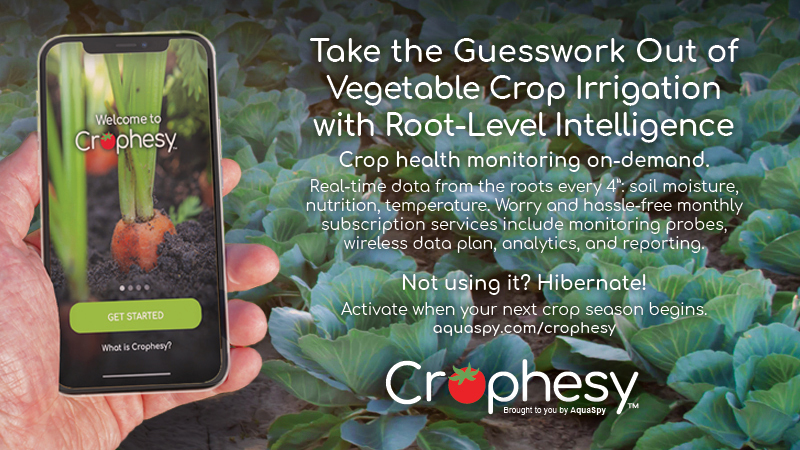New Rules For Off Road Diesel Engines

Imagine riding down the road, looking out your window, and seeing a huge air purifier rolling through a field. As the nation’s Tier 4 rules for off-highway diesel engines are rolled out, that’s not too much of a stretch as new tractor models and other equipment are mandated by EPA to drastically reduce engine emissions.
EPA’s order set the engineers of leading equipment manufacturers on a years-long mission to seek innovations to meet the stringent requirements. “The manufacturers have spent huge sums of money on developing these engines,” says John Schueller, a mechanical and agricultural engineer for UF/IFAS. “They have developed what seem to be reasonable solutions.
“My general suggestion in buying a tractor or other piece of equipment is to look at all the normal considerations you would have looked at in the past when buying equipment. I would not only choose based on the engine.”
EPA did provide manufacturers time to develop engines capable of reducing emissions, starting the tiered system in 1996. The interim Tier 4 began in January 2011. These new engines must reduce particulate matter or smoke by 90% and nitrogen oxides by 50%. In this horsepower-range, the Tier 4 final engines will be required starting in 2014 and will reduce pollutants to nearly zero.
Technology Drives Goals
To meet the emission standards, manufacturers are selecting differing technology approaches to achieve emission goals. Selective catalytic reduction (SCR) is one method, which injects diesel exhaust fluid (DEF) into the exhaust of the tractor. DEF consists of purified water and urea, and in the catalytic chamber, it creates a reaction that turns the nitrous oxide pollutants in the exhaust into water vapor and nitrogen.
Sensors in the engine recognize when the tractor is using more horsepower and creating more of the regulated emissions. At that point, more DEF will be injected into the exhaust to clean it. Engines using the SCR approach will have a tank for DEF. The DEF chamber will have to be refilled after a number of tanks of diesel are used based upon how much horsepower is utilized. DEF cost is comparable to the cost of diesel.
A positive with the SCR system is growers can operate tractors longer between oil changes than the Tier 3 tractors because the system contains less carbon and soot.
The other technology to reduce emissions employs exhaust gas recirculation (EGR), which combines exhaust with cool fresh air back into the engine uptake to lower combustion temperatures and reduce nitrogen oxides to approved levels. The exhaust travels through a filter which contains a diesel oxidation catalyst (DOC) and diesel particulate filter (DPF). The DOC cleans particulate matter.
The EGR system also will extended the period between oil changes when compared to the Tier 3 engines.
On a positive side, fuel economy will increase in all the systems being employed to meet Tier 4 standards. How much will be dependent on the operation being performed. From Tier 3 tractors to Tier 4, engines will require ultra-low sulfur fuel and low-ash oil.
Terms To Know
Currently, tractors and other off-highway diesel engines are in transition to Tier 4 compliance. There’s an “Interim” and “Final” stage to this phase. So, what’s the difference?
Tier 4 Interim: In this stage, off-highway diesel engines will be required to reduce emissions of nitrogen oxides by 50% and particulate matter by 90%.
Tier 4 Final: In the final stage of Tier 4, the reduction of particulate matter will remain the same at -90%, but nitrogen oxides will be required to be further reduced to -80%. In other words, engines in the final stage will produce almost no particulate matter or nitrogen oxides.
Tier 4 Compliance Primer
What To Expect
According to Schueller, previous history of emission reductions can give some insight on what’s ahead with Tier 4 engines. “Think of the experiences we had with the addition of the EGR and catalytic converters on cars,” he says. “It didn’t greatly change our maintenance besides adding costs and few more things that could go wrong. Other than adding and dealing with DEF and filters, I’d expect a similar experience with these diesel engines. Of course, the added sensors, actuators, and other components can break, but I don’t expect any major reliability problems.”
John Deere has selected the EGR-only approach for its Tier 4 interim engines. According to Rachelle Thibert, a marketing manager with John Deere, equipment manufacturers have been gearing up for these standards for many years and contends the transition will be better than the move to catalytic converters in cars in 1972 because today’s technology is far more advanced.
“Obviously, there is a lot of technology incorporated into these machines, but we strived to make the transition as seamless as possible for growers,” she says. “It is going to be very important customers are matched up with the correct machine for their applications. In this age of technology, the relationship with the local dealer is going to be even more important to make sure our customers get the machine they need.”
Tier 4 Timeline
The tiered system of emissions reductions began in 1996. Currently, off-road diesel engines are in Tier 4 standards that are aimed at cutting nitrogen oxides (NOx) and particulate matter (PM) or smoke from emissions. Here’s when new rules kick in for different horsepower engines.
175 to 750 horsepower engines
(-50% NOx + -90% PM)
2012: Tier 4 Interim
75 to 175 horsepower
(-50% NOx + -90% PM)
2013: Tier 4 Final
25 to 75 horsepower
(-80% NOx + -90% PM)
2014: Tier 4 Final
75 to 750 horsepower
(-80% NOx + -90% PM)









